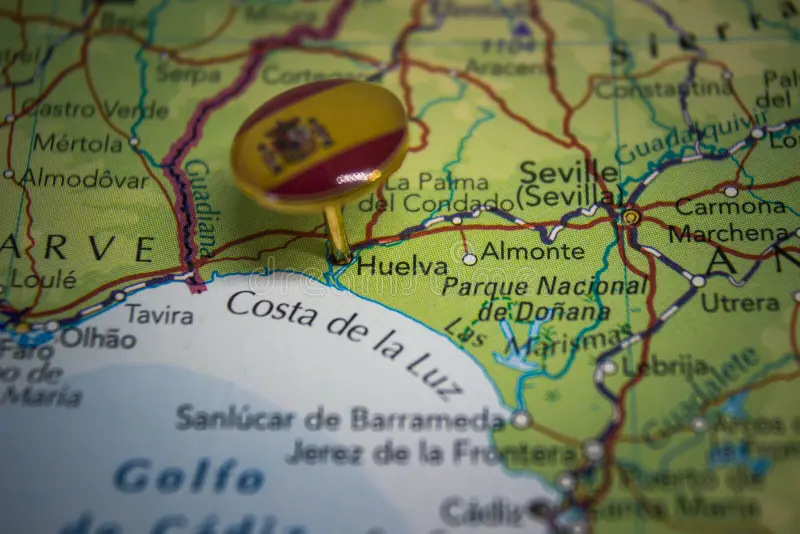Introduction
Our planet is a rich tapestry of diverse landscapes, ecosystems, and cultures, each specific geographic location offering a unique blend of natural wonders and human heritage. From the icy expanses of Antarctica to the lush rainforests of the Amazon, these distinctive regions captivate the imagination and reveal the astonishing beauty and complexity of our world. In this article, we will embark on a journey to explore some of the most fascinating specific geographic locations on Earth, shedding light on their importance and allure.
The Majestic Himalayas
The Himalayan mountain range, often referred to as the “abode of snow,” stands as a testament to Earth’s geological grandeur. Stretching across five countries—India, Nepal, Bhutan, China, and Pakistan—the Himalayas boast the world’s highest peaks, including Mount Everest, the pinnacle of adventure for mountaineers. Beyond their breathtaking beauty, these mountains are crucial to global climate systems, serving as a water source for millions of people and hosting unique biodiversity.
The Enigmatic Amazon Rainforest
The Amazon rainforest, often described as the “lungs of the Earth,” blankets vast areas of South America, primarily Brazil, Peru, and Colombia. This lush jungle is home to an astounding array of species, many of which remain undiscovered by science. It plays a pivotal role in global climate regulation, absorbing vast amounts of carbon dioxide and releasing oxygen. Additionally, the Amazon supports indigenous communities whose rich cultures are intertwined with the forest.
The Mystical Galápagos Islands
Situated in the Pacific Ocean, Ecuador’s Galápagos Islands are renowned for their extraordinary biodiversity and unique ecosystems. This specific geographic location provided Charles Darwin with inspiration for his theory of evolution. The islands’ isolation has led to the development of distinct species found nowhere else on Earth, from giant tortoises to blue-footed boobies. Strict conservation efforts ensure the preservation of this ecological wonder.
The Frozen Expanse of Antarctica
Antarctica, Earth’s southernmost continent, remains one of the least explored and most extreme specific geographic locations on the planet. Its pristine landscapes of ice and snow are home to resilient species like penguins, seals, and krill. Scientists conduct groundbreaking research here, unraveling clues about the Earth’s climate history. Antarctica also holds the largest freshwater reserve on Earth, vital for regulating global sea levels.
The Mysterious Sahara Desert
Stretching across North Africa, the Sahara Desert is the world’s largest hot desert and one of the most iconic specific geographic locations. Its shifting sands and harsh conditions have captured the imaginations of explorers for centuries. Beneath the surface, hidden aquifers provide water for oasis communities and support ancient cultures. The Sahara also plays a vital role in the Earth’s climate system, influencing weather patterns across the globe.
The Vibrant Serengeti Plains
The Serengeti ecosystem, spanning Tanzania and Kenya, is a living testament to the circle of life. This specific geographic location hosts the world-famous Great Migration, where millions of wildebeest, zebras, and gazelles trek across the plains in search of water and fresh grass. Predators like lions, cheetahs, and hyenas follow, creating one of the most dramatic wildlife spectacles on Earth.
Preserving and Celebrating Earth’s Diversity
Specific geographic locations are not just geographical features; they are repositories of Earth’s history, ecological diversity, and cultural heritage. It is essential to recognize their significance, not only for their intrinsic value but also for their roles in maintaining global environmental stability.
Preservation efforts, conservation initiatives, and responsible tourism play pivotal roles in safeguarding these wonders for future generations. By celebrating and protecting these specific geographic locations, we can continue to be inspired by the beauty and complexity of our planet and gain a deeper understanding of the importance of conservation and sustainability in our rapidly changing world.




